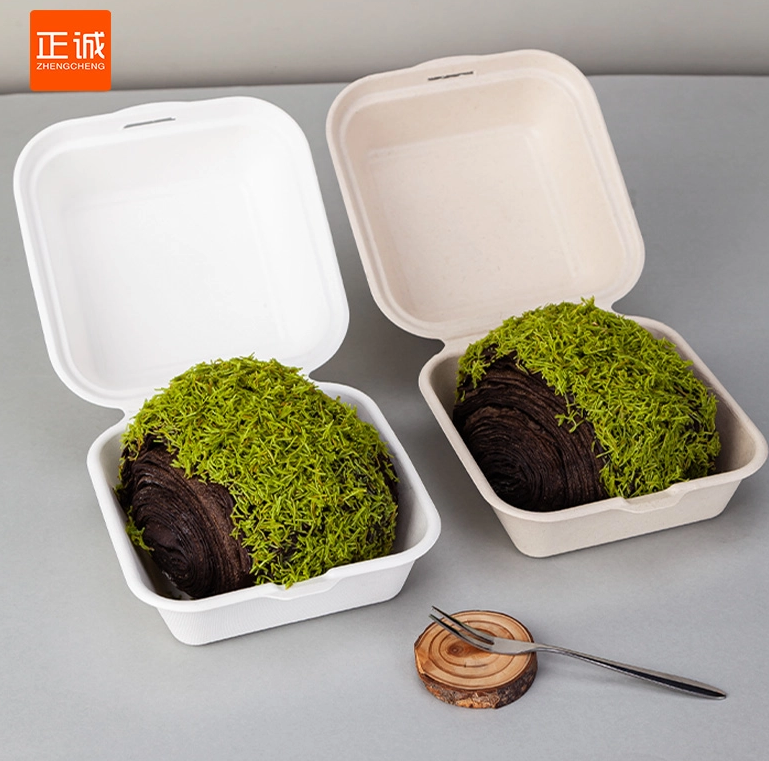Fruits are not only a delicious and nutritious part of our diet but also a significant investment in our grocery budget. However, the challenge of keeping fruits fresh for an extended period can often lead to waste and disappointment. In this article, we will explore advanced techniques and scientific principles that can help you maximize the freshness of your fruits, ensuring that they remain vibrant and flavorful for as long as possible.
Understanding the Factors Affecting Freshness
Before diving into preservation techniques, it’s essential to understand the factors that contribute to fruit spoilage. Fruits are living organisms that continue to respire after being harvested. This respiration process involves the consumption of oxygen and the release of carbon dioxide, leading to the breakdown of sugars and the production of ethylene gas, which accelerates ripening and eventual decay.
Key factors influencing fruit freshness include:
- Temperature: Most fruits thrive in cool environments. Higher temperatures can speed up respiration and spoilage.
- Humidity: Fruits require a certain level of humidity to prevent dehydration, but excessive moisture can promote mold growth.
- Ethylene Production: Some fruits, like bananas and avocados, produce ethylene gas, which can hasten the ripening of nearby fruits.
- Physical Damage: Bruises and cuts can create entry points for pathogens, leading to quicker spoilage.
Advanced Techniques for Keeping Fruits Fresh
- Optimal Storage Conditions
- Refrigeration: Most fruits benefit from refrigeration, but the ideal temperature varies. For instance, berries and grapes should be stored at around 32°F (0°C), while bananas and tomatoes prefer room temperature. Always check specific storage recommendations for each fruit type.
- Humidity Control: Utilize crisper drawers in your refrigerator, which are designed to maintain higher humidity levels. For fruits that require lower humidity, such as apples, keep them in a perforated plastic bag to allow for air circulation.
- Ethylene Management
- Separation: Store ethylene-producing fruits separately from ethylene-sensitive ones. For example, keep apples away from strawberries to prevent premature spoilage.
- Ethylene Absorbers: Consider using ethylene gas absorbers, which can be placed in your fruit storage areas to reduce the concentration of this gas and slow down ripening.
- Preservation Techniques
- Washing and Drying: Wash fruits thoroughly to remove any pesticides or contaminants, but ensure they are completely dry before storage. Excess moisture can lead to mold growth.
- Vacuum Sealing: For longer-term storage, vacuum sealing can significantly extend the shelf life of fruits by removing air and reducing oxidation. This method is particularly effective for fruits that can be frozen, such as berries.
- Freezing: Freezing is an excellent option for preserving fruits. Blanching certain fruits before freezing can help maintain their color and texture. For example, blanching peaches before freezing can prevent browning.
- Natural Preservatives
- Citrus Juice: Applying lemon or lime juice to cut fruits can slow down oxidation and browning, making it a natural preservative. This is particularly effective for apples and avocados.
- Honey Solution: Soaking fruits like apples and pears in a diluted honey solution can create a protective barrier against spoilage while adding a touch of sweetness.
- Regular Inspection and Rotation
- FIFO Method: Implement the First In, First Out (FIFO) method in your fruit storage. Regularly check for any signs of spoilage and consume older fruits first to minimize waste.
- Visual Inspection: Make it a habit to inspect your fruits regularly. Remove any spoiled or damaged fruits immediately to prevent them from affecting the freshness of others.
Conclusion
Keeping fruits fresh longer is not merely about storing them in the fridge; it involves understanding the science behind their ripening and spoilage processes. By implementing these advanced techniques—ranging from optimal storage conditions to natural preservation methods—you can significantly extend the shelf life of your fruits, reduce waste, and enjoy their nutritional benefits for a longer period.






+ There are no comments
Add yours